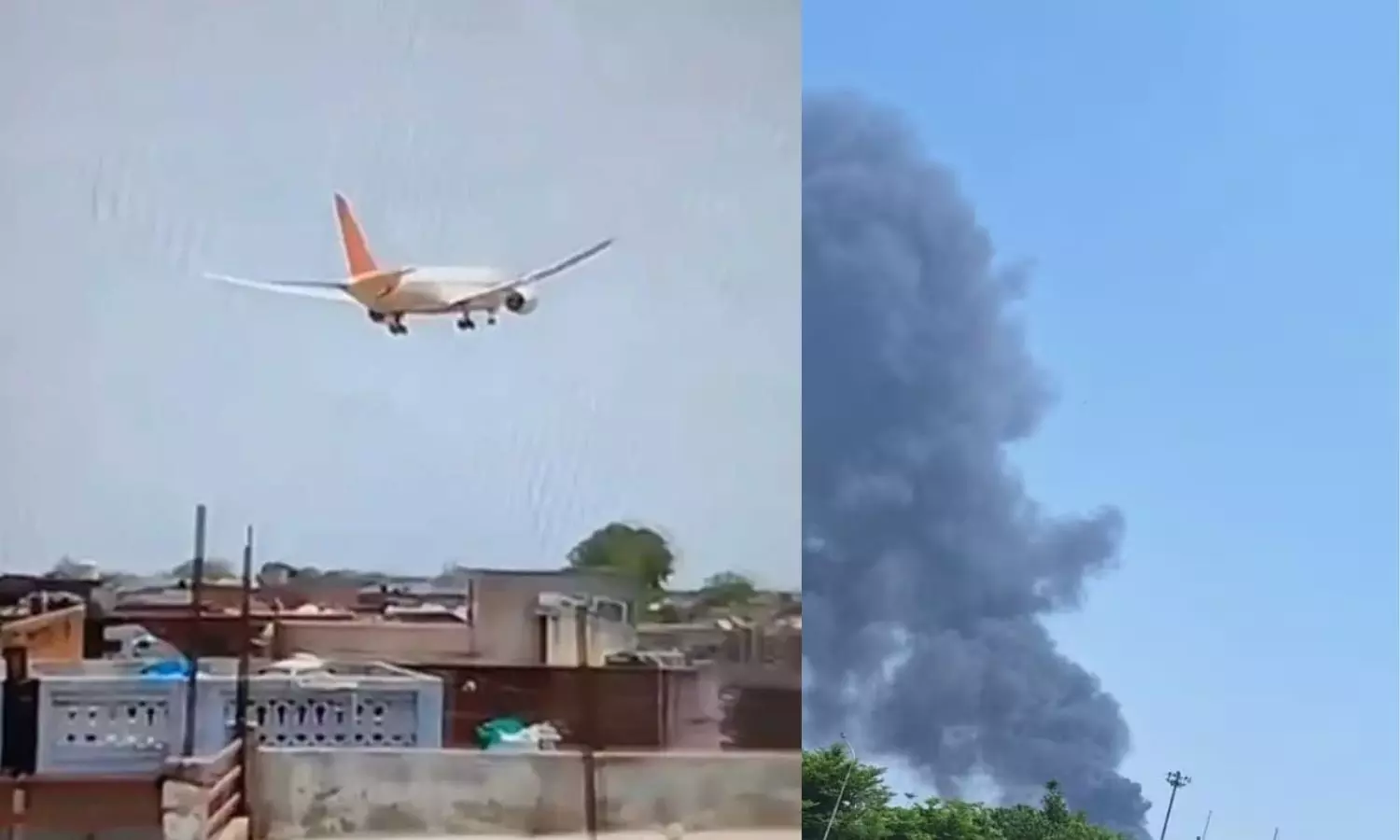Aviation tragedies have disrupted growth over the years
Aviation tragedies have significantly impacted the growth of the global airline industry over the years, causing setbacks in safety, operations, and passenger confidence.
Aviation tragedies have disrupted growth over the years

The aviation community is in mourning following the tragic crash of an Air India Boeing 787-8 aircraft shortly after take-off from Ahmedabad International Airport. The International Air Transport Association (IATA), which represents around 350 airlines and accounts for over 80% of global air traffic, expressed its shock and sorrow in a statement. “We are shocked and saddened to learn of the accident involving #AI171. Our thoughts and prayers are with the passengers and crew, their families and loved ones, and those affected by the accident,” IATA stated.
On June 13 of a London-bound passenger jet which ploughed into a residential area of India’s Ahmedabad city, killing at least 265 people on board and on the ground.
One man aboard the Air India Boeing 787-8 Dreamliner – carrying 242 passengers and crew miraculously survived the fiery crash on June 12, which left the tailpiece of the aircraft jutting out of the second floor of a hostel for medical staff from a nearby hospital.
Deputy Commissioner of Police Kanan Desai said that 265 bodies had so far been counted – suggesting at least 24 people died on the ground – but the toll may rise as more bodies and body parts are recovered.
The airline said there were 169 Indian passengers, 53 British, seven Portuguese, and a Canadian on board the flight bound for London’s Gatwick airport, as well as 12 crew members.
Air India said the sole survivor from the plane – a British national of Indian origin who local media named as Vishwash Kumar Ramesh – was being treated in hospital.
The plane crashed less than a minute after takeoff, around lunchtime on June 12, after lifting barely 100m from the ground.
The plane issued a mayday call and “crashed immediately after takeoff”, the Directorate General of Civil Aviation said.
Ahmedabad, the main city in India’s Gujarat state, is home to around eight million people and its busy airport is surrounded by densely packed residential areas.
According to media sources, Tata Group, owners of Air India, offered financial aid of 10 million rupees (S$149,000) to “the families of each person who has lost their life in this tragedy”, as well as funds to cover medical expenses of those injured.
The 787’s landing gear was never retracted, which normally occurs just after takeoff, said Mr Jeff Guzzetti, a former accident investigation chief for the US Federal Aviation Administration (FAA).
The airplane was unable to climb once it got off the runway. That could be due to several reasons, he said, including the flaps being raised instead of the landing gear or improper programming of the flight control computer, he said.
Additional clues should emerge when authorities recover the plane’s flight data recorder and cockpit voice recorder, the so-called black boxes containing key information about what happened to airplane systems and pilots in the flight’s final moments.
In his first nine months as Boeing chief executive, Mr Kelly Ortberg had led the company through the early signs of a turnaround. He navigated a cash crunch, rising labour unrest, a rush to overhaul the company’s safety operations and a trade war wrought by US President Donald Trump against one of Boeing’s biggest customers: China.

